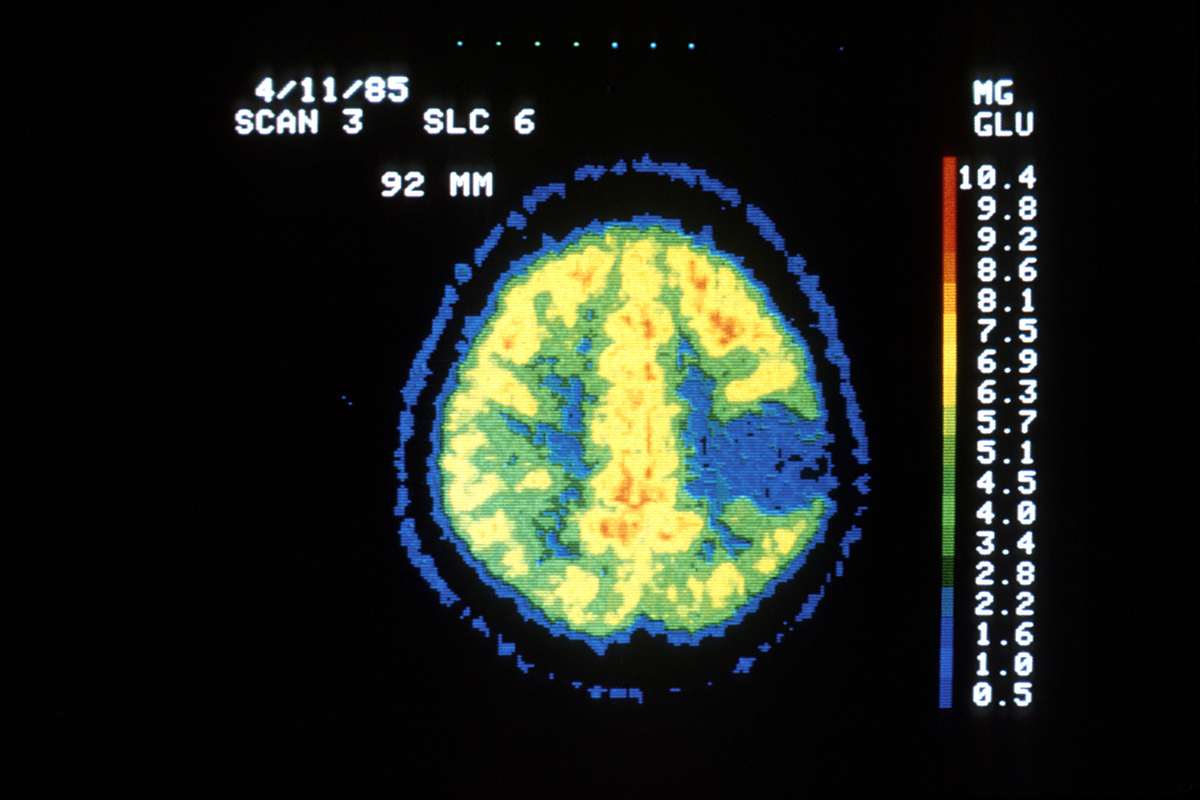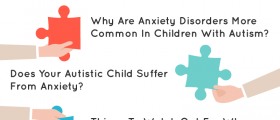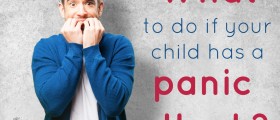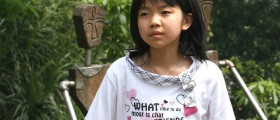
Benign rolandic epilepsy is a type of epilepsy named after the specific part of the brain called the rolandic area. The rolandic area is in charge of movement of the facial muscles. This is a childhood epilepsy also known under the name benign childhood epilepsy with centrotemporal spikes. The name is connected with specific patterns recorded on the child's EEG exam that allow easier setting of the diagnosis.
Benign rolandic epilepsy is considered to be a relatively benign condition. The child eventually outgrows the illness but while the attacks last the affected child usually suffers from learning difficulties as well as behavioral problems. The condition affects children between the ages of 3 and 13 and accounts for approximately one third of all epilepsy cases in children.
Benign Rolandic Epilepsy - Causes
The condition is classified as idiopathic, meaning that the actual cause is still unknown. Children affected by this type of epilepsy have normal intellectual and neurological development and the condition does not cause any sequealae. Benign rolandic epilepsy may be associated with family occurrence of epilepsy. Namely, it is estimated that around 18% of all patients actually have someone in the family suffering from seizures.
Benign Rolandic Epilepsy - Clinical Characteristics
This type of epilepsy leads to simple, partial seizures that affect the face and the tongue. The seizures are basically brief and do not occur very often. They generally develop at night during sleep. The very attack features with drooling, facial twitches and numbness or tingling sensation if the face or the tongue. The child may make grunting/gurgling sounds and temporarily lose the ability to speak. During the attack only one side of the face is affected and the child remains conscious (there is no loss of consciousness). In rare cases simple, partial seizures may further progress into generalized tonic-clonic seizures when apart from the face and tongue other parts of the body start to twitch. Generalized attack leads to loss of consciousness and stiffening of the muscles as well as jerky movements of the limbs. Some children suffering from this type of epilepsy may have behavioral problems or learning difficulties but once the condition is outgrown such problems withdraw.Benign Rolandic Epilepsy - Prognosis
Seizures in majority of children cease by adolescence. Since the attacks generally occur during the night the condition may even stay undiagnosed hence these patients are not even treated. In others in whom the condition has been confirmed the disease is treated with antiepileptic medications.

















Your thoughts on this
Loading...